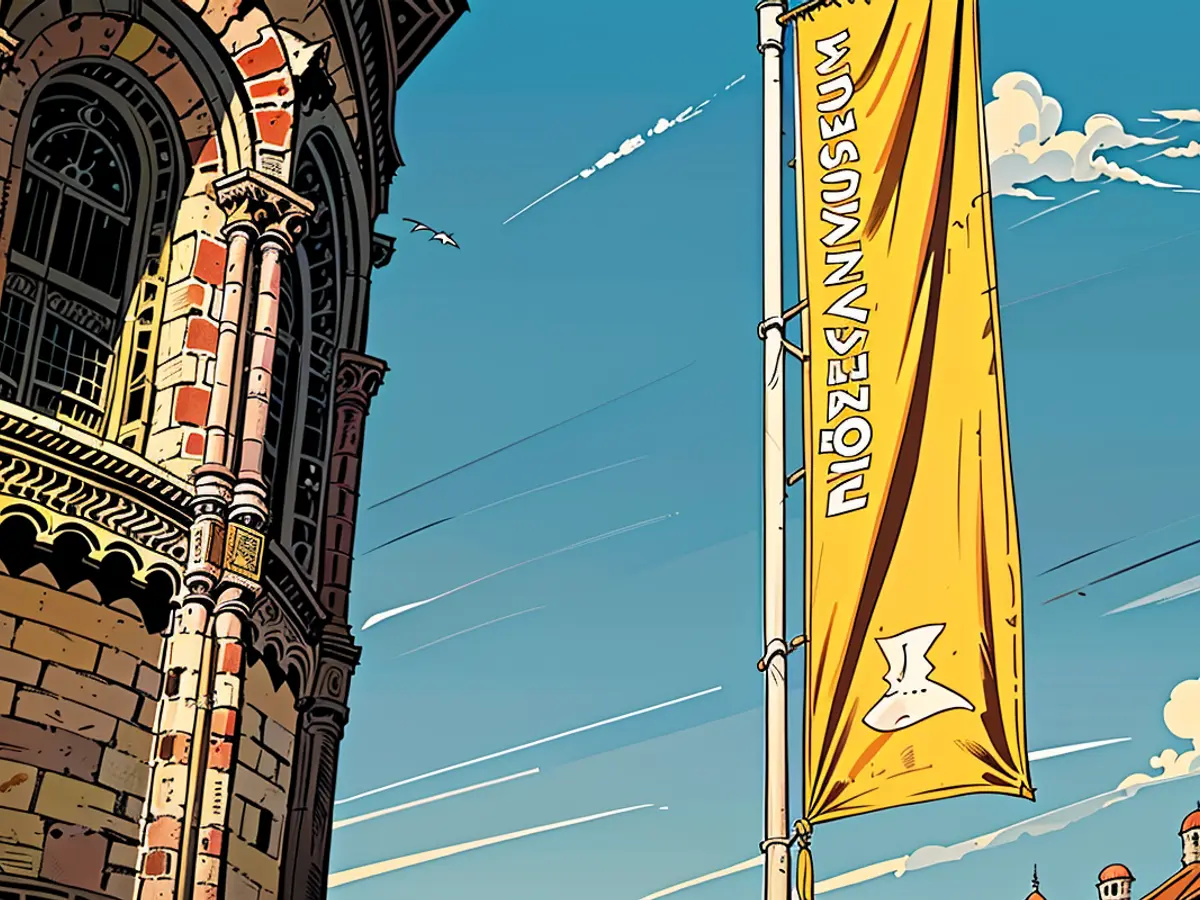- Quand Otto de Bamberg christianisa la Pomeragne il y a 900 ans
Une exposition spéciale présentée au Musée d'histoire de la ville de Wolgast, avec des prêts de Bamberg et de Stettin, explore en profondeur le passé de la Poméranie. Les temps forts incluent une mitre de évêque (mitre) de 900 ans attribuée au missionnaire Otto de Bamberg et une épée et des éperons du 12ème siècle provenant d'une tombe sur l'île d'Usedom, probablement appartenant à un prince slave converti, selon le directeur du musée Stefan Rahde.
L'exposition, qui couvre 120 mètres carrés, célèbre le 900ème anniversaire du premier voyage missionnaire d'Otto de Bamberg en Poméranie. Elle présente également une mâchoire inférieure humaine en or et sertie de gemmes attribuée à Otto et vénérée comme relique.
Les prêts pour l'exposition spéciale proviennent du Musée diocésain de Bamberg, de l'archéologie de l'État de Mecklembourg-Poméranie-Occidentale et du Musée national de Szczecin, en Pologne. L'exposition ouvre le mercredi soir et sera visible du jeudi jusqu'au 31 octobre.
Voyages missionnaires en 1124 et 1128 en Poméranie
Initialement, l'évêque Otto de Bamberg, avec l'accord du prince slave Wartislaw, a christianisé la Poméranie (actuellement en Pologne) en 1124, comme l'a expliqué Rahde. During a second journey in 1128, he turned to today's Vorpommern, including a visit to Wolgast. Otto, a skilled diplomat, introduced Christianity without resorting to military conflict.
Otto entered a world in transition, surrounded by Christian countries seeking to expand their influence onto the coastal land, the museum noted. The stories and artifacts from Otto's missionary journeys offer fascinating insights into the religious beliefs and living conditions of people on both sides of the Oder 900 years ago. The Christianization also marked the beginning of the Duchy of Pomerania.
The special exhibition at the Wolgast City History Museum, focused on Pomerania's historical context, provides a comprehensive overview of Missionary Otto of Bamberg's significant role in the region's Christianization in 1124. Moreover, the exhibition sheds light on how Otto continued his missions in Vorpommern, including a visit to Wolgast, in 1128.
In exploring the history of Pomerania, this exhibition highlights the collaborative efforts between Bishop Otto of Bamberg and Slavic prince Wartislaw, which ultimately led to the widespread adoption of Christianity in the region, permanently altering its cultural landscape.








